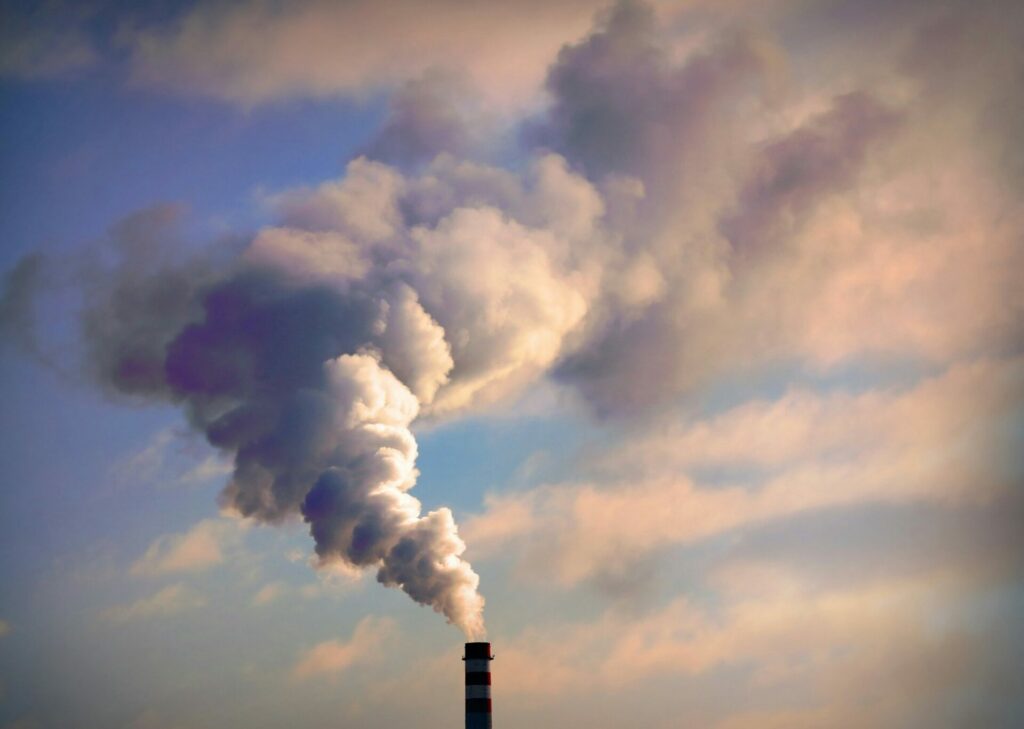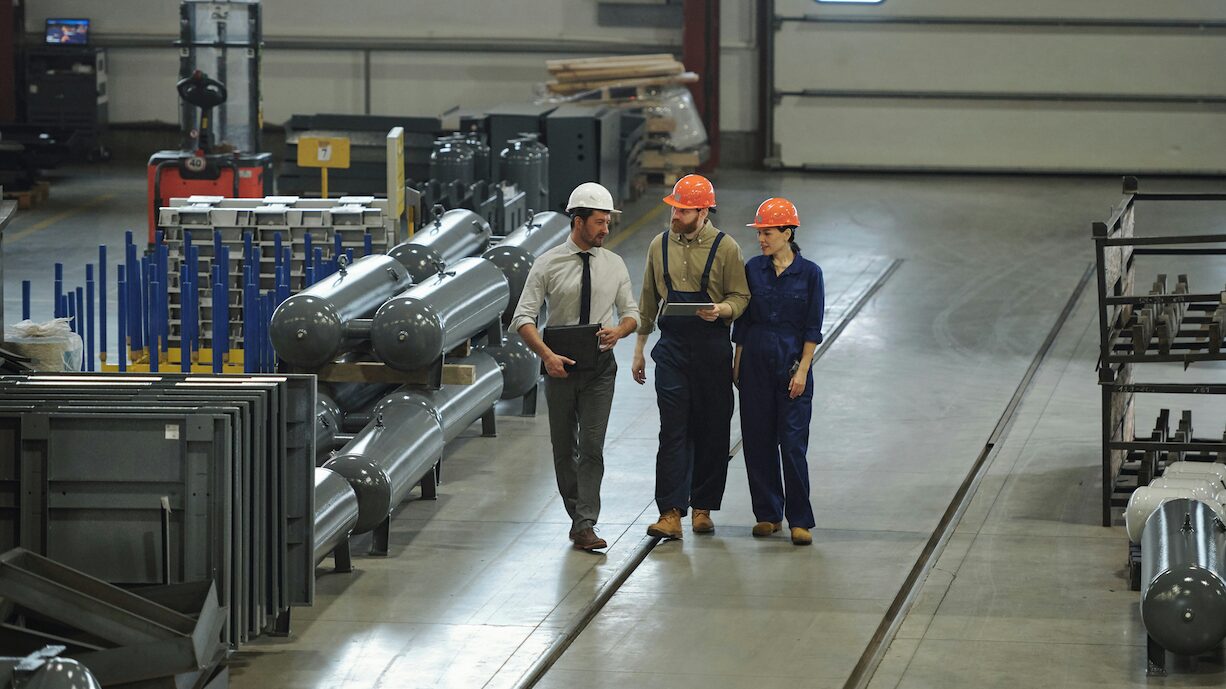
Carbon capture and storage: decarbonisation and SMR technology
The emerging landscape of carbon capture and storage in Europe
In recent years, carbon capture and storage (CCS) has transitioned from a theoretical concept to a practical solution for mitigating carbon emissions. Europe has positioned itself at the forefront of this technological advancement, integrating CCS into its broader climate goals. With increasing pressure to reduce greenhouse gases, notably through the rise in ETS prices, CCS is now seen as an essential component of Europe’s strategy to achieve net-zero targets by 2050. The European Commission has set the goal of capturing 50 megatons of CO2 by 2050. To sustain these climate objectives, the EU has allocated a €139.5 billion budget to support projects related to climate change mitigation.
A push towards Net-Zero
The European Union has set ambitious climate targets, aiming to reduce emissions over the next few decades significantly. CCS is set to play a pivotal role in these efforts, particularly for industries that are difficult to decarbonise using renewable energy alone. Sectors such as cement, steel, oil & gas, and energy generation stand to benefit the most from CCS, enabling them to maintain operations while substantially lowering their carbon output.

Northern Europe leads the way
Most CCS projects are concentrated in Northern Europe, particularly among countries bordering the North Sea, which leverage their proximity to depleted oil and gas fields repurposed as storage sites for captured carbon. This region has become a hub for innovation in carbon storage technologies, supported by a collaborative network of industrial players, research institutions, and governments. Countries like the Netherlands, Norway, Denmark, France, and the UK are particularly active, each spearheading large-scale projects that focus not only on carbon capture but also on the necessary infrastructure for carbon transport and storage. Norway’s Longship project exemplifies the country’s commitment to leading in CCS development.
Technological innovations and the role of SMRs
CCS technologies are evolving, with various approaches being tested and implemented. Absorption technologies, particularly those using amines, are currently the most mature and widely deployed, capturing carbon dioxide from flue gases post-combustion. Newer technologies, such as direct air capture (DAC), are being explored, although they remain energy-intensive, more costly, and less developed compared to other solutions. Currently, the costs of CCS can vary greatly depending on the industry and the technology, ranging between €50 and €500 per tonne in operational expenses, with the average cost still being relatively high.
Nevertheless, Europe’s carbon capture market is projected to reach 90 TWh by 2040 and 202 TWh by 2050, in line with the EU’s objectives.
In this evolving landscape, small modular reactors (SMRs) could present a promising solution for enhancing the efficacy of CCS. By providing a reliable and low-carbon energy source, SMRs can power CCS facilities, ensuring they operate continuously and efficiently. This synergy could significantly lower the carbon footprint of energy-intensive industrial processes while making carbon capture more economically viable. As SMR technology matures, its integration into CCS systems could eventually become a key focus.

Financial and regulatory support
Robust financial and regulatory support from the European Union and its member states is a key driver behind CCS development. Various funding mechanisms, including innovation grants, public-private partnerships, and loans, are available to CCS projects. Recognising its potential to assist in achieving climate goals, the EU has made CCS a priority.
However, the financial viability of CCS projects remains a challenge. Profitability often depends on factors such as carbon pricing, operational costs, and access to subsidies. Without continued financial incentives and favourable policy frameworks, CCS may struggle to become commercially sustainable. Our research suggests that a CCS project with average parameters (all technologies and industries included) would need to capture more than 400,000 tonnes per year to begin becoming profitable.
A Complex path forward
Implementing and operating CCS facilities can be costly, and the regulatory landscape is complex. Many technologies are still in pilot or early deployment phases, indicating that widespread adoption could take time. Geographic disparities complicate matters, as not all regions are equally suited to CCS due to a lack of accessible storage sites or established infrastructure for carbon transport. This may lead to uneven deployment across Europe.
Looking ahead
As Europe continues its journey towards decarbonisation, CCS is expected to become a vital component of its emissions reduction strategy. While the path forward is complex, the groundwork has been laid. With continued investment and innovation, CCS has the potential to significantly impact Europe’s ability to meet its climate goals.
Integrating CCS with nuclear energy, particularly through the application of SMRs, could create a truly zero-emission solution. Nuclear energy offers reliability, ensuring consistent carbon removal even when traditional renewable sources may falter. The technological maturity of both SMRs and CCS will determine the deployment and economic viability of these projects, making it essential to monitor advancements in these areas closely. Additionally, CCS could represent another useful application of SMR technology, strategically located near emitting industries. As both technologies mature, deploying an SMR fleet tailored for this purpose could ultimately become key to decarbonisation, alongside the known advantages of providing clean nuclear energy.



